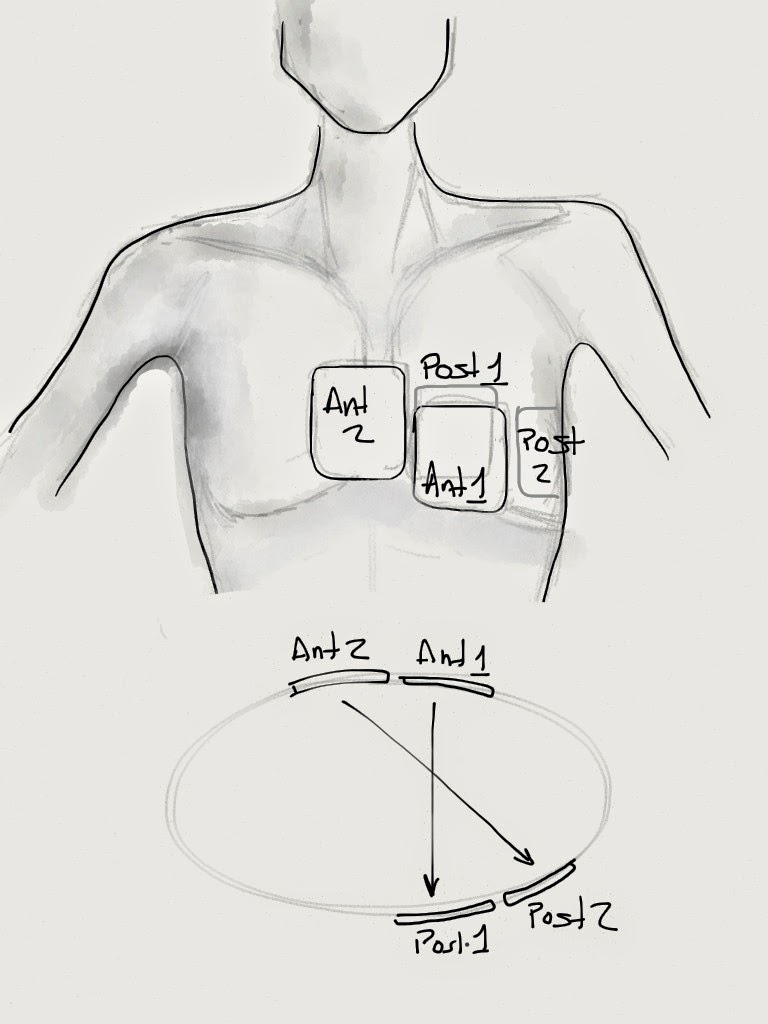

We of course perform other procedures with devices in a non-approved fashion, but most are not at the risk of damaging the machines. DSD is off-label and thus not FDA approved. It is because many of us have not spent time thinking if we should be performing this procedure. Why does this matter though? Why did Jurassic Park come to mind when thinking about this topic. Both of these retrospective studies were made into a meta-analysis published in 2018 in Resuscitation which reflected the negative findings. Again, the evidence was lacking to demonstrate a clear benefit. More recent evidence in Resuscitation in 2017 by Emmerson et al focused on patients in London with refractory ventricular fibrillation. We must also remember that case reports are inherently biased as they are designed to report the positives (such as successful DSD) versus the less desirable and often unpublished negative results including when there are negative effects (such as broken or failed equipment). Although it is worth noting that bystander CPR in the DSD group was 30% vs 45% in the standard defibrillation cohort and witnessed arrest in the DSD group was 38% vs 54.6% in the standard defibrillation cohort, the data should still be considered an important point as it was a much larger data set than the positives. A retrospective case study by Ross et al in 2016 in the journal of Resuscitation failed to find a statistically significant difference in neurologically intact survival between the dual defibrillation group (6%) and standard defibrillation group (11.4%). Given its rarity, it is hard to find higher quality data.
DUAL SEQUENTIAL DEFIB SERIES
There have been case reports and case series supporting its use. There is not strong research on the placement, but REBEL EM illustrated the main options well. The general concept on a physics level is that there will be two directions of energy that flows through the heart in a near (unlikely literal) simultaneous time-frame to cover more of the myocardium and encourage cardioversion. Finally, an attempt may be made by placing two defibrillators to encourage defibrillation. Other therapies may have been attempted such as esmolol. The main concept of the technique is that it is meant for those with refractory ventricular fibrillation in which multiple attempts have already been made with the usual approach to defibrillation. If both single pad sets fail, both sets of pads are in good position for DSD to be performed. Once concept is the use of original pad placement for three times (often anterior/posterior), then switching to the other routine method (anterior and lateral placement) for another two shocks while keeping the original pads in place. However, some have advocated for earlier placement. As discussed by Salim Rezaie and others well, this is meant to be a last ditch effort.
DUAL SEQUENTIAL DEFIB FREE
There have been a multitude of previous #FOAMed discussions on this topic with some favorites including posts made by The Resus Room, briefly on EMCrit (but there is a free video from EM:RAP), and REBEL EM where there have been multiple posts on the subject.


 0 kommentar(er)
0 kommentar(er)
